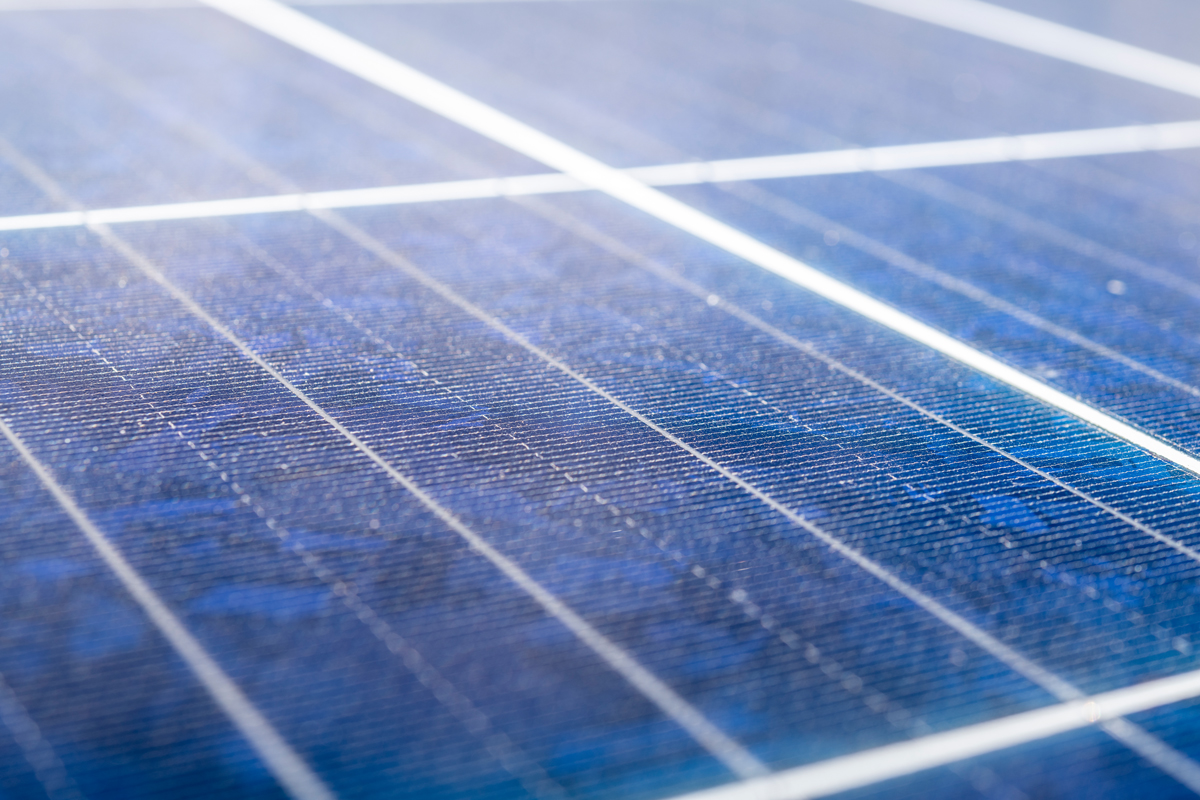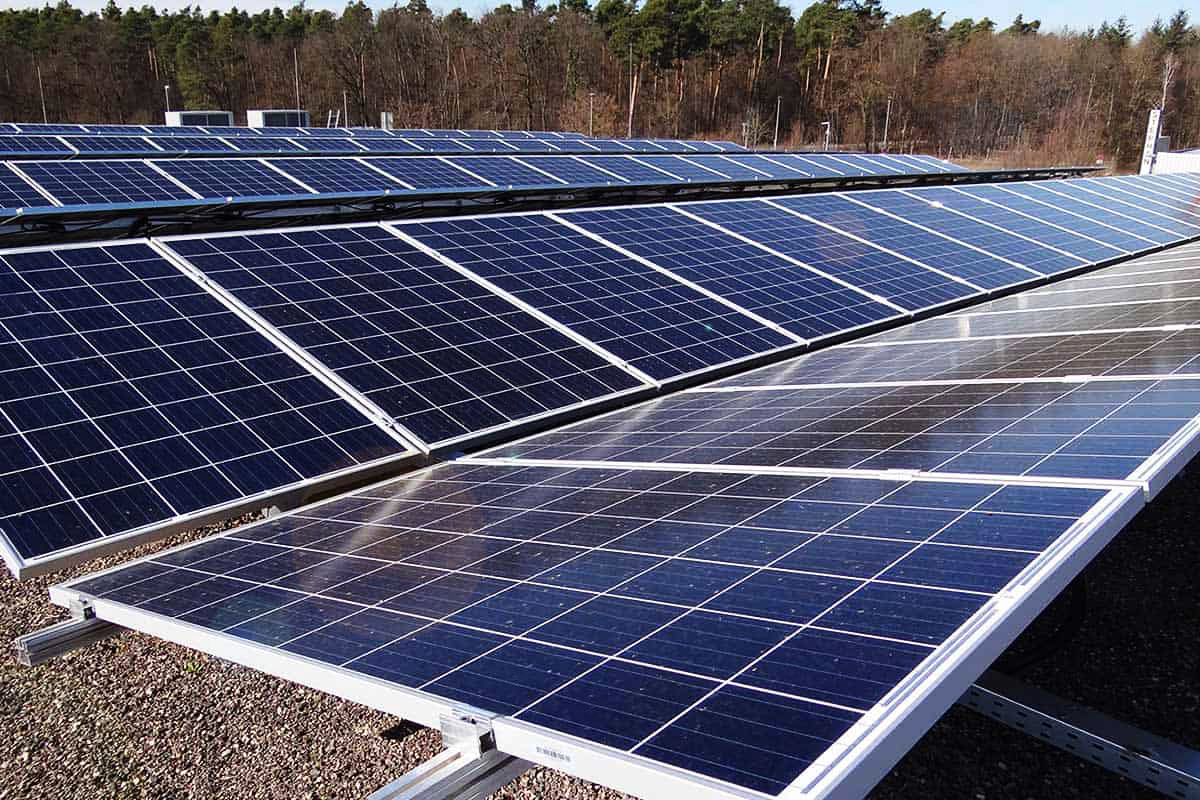
PV: all-around sustainability?
Designing the PV life cycle from a sustainability perspective
In 2021, renewable energy accounted for just under 41% of gross electricity generation in Germany with photovoltaics accounting for 8.5% of that. Renewable energy production will continue to grow in the future and is already being advocated and promoted by governments in other countries. However, sceptical voices are still questioning the sustainability of solar plants. In this article, Iqony Sens shows how sustainable a solar plant really is and just how quickly the production and construction of the plant pay for itself in terms of energy.
From a grain of sand to a finished solar plant
The energy payback is the time it takes for a PV system to recover the initial energy expenditure for the production, operation and disposal of the entire plant. Determining the duration of the energy payback first requires having some knowledge about the materials and processes used in the course of the PV life cycle, from the grain of sand to the finished solar plant. But what does a grain of sand actually have to do with it?
Solar modules contain the element silicon, which converts sunlight into electricity. Around 95% of all solar modules are made with silicon, including the modules used by Iqony Sens. But silicon is by no means a rare element. On the contrary, silicon dioxide, the basic material for solar silicon, is the second most abundant element in the world after oxygen. Sand consists in large part of silicon dioxide, sometimes entirely of quartz. In fact, most sandy beaches are made of quartz sand, but silicon is not taken from beaches for the production of solar cells; rather, it’s dug out of pits in the USA, Slovenia, Spain, France, Austria and Germany, among other countries.
And despite the large availability of silicon, less and less of it is needed, as technical advancements are making it possible to produce thinner solar wafers.

Solar module production sites
Iqony Sens is taking the first step towards the sustainable production of solar modules by using silicon cells that do not contain any environmentally harmful materials (such as the harmful and toxic cadmium telluride).
The production location of the solar cells and modules also represents a significant factor for sustainability. “The standard modules that Iqony Sens uses for solar plants are largely produced in Asia, where both the individual silicon cells and the resulting solar modules are manufactured and transported to Germany by sea”, explains the PV expert at Iqony Sens, Sascha Link. “But the share of renewable energy in power generation is also growing steadily in countries like China – another reason why the production of solar modules is becoming more sustainable”, Sascha notes. Iqony Sens procures the majority of its finished solar modules from suppliers that are constantly optimising production through innovation.
Energy payback in approximately one year
The energy required for the production, use and disposal of solar plants has fallen sharply over the last thirty years, despite the outsourcing of some production processes. Reasons for this include the progress of technologies that enable thinner modules and the expansion of renewable energy, making production more sustainable.
The Fraunhofer Institute for Solar Energy Systems (ISE) has conducted more detailed research into the energy recovery time of PV systems, including all relevant factors in its calculations such as production and transport routes, determining a payback period of 0.4 to 1.5 years as a result. This is based on the assumption that radiation of 1,700 kWh/m2/year hits a solar plant with optimal orientation. In Germany, for example, the global radiation is 900 to 1,200 kWh/m2/year, which is why an average energy payback time of about one year can be assumed. “The average value is a good guide for all plants in Germany, although it can differ slightly depending on the location and module orientation”, Sascha notes. These differences become clear in the publication of the Fraunhofer ISE, which has published the energy recovery time depending on global radiation for these and other countries:
- Belgium, 1.28 years
- Italy, 1.07 years
- Australia, 0.74 years
Accordingly, energy payback time depends strongly on a few essential factors:
- Production location of solar modules and the relevant transportation
- Type of solar cell
- Alignment of the solar modules
- Global radiation at the location of the solar park

The PV life cycle comes full circle through recycling
If a solar park is dismantled and disposed of after more than 30 years of operation, the individual elements of the solar modules should be returned to the production cycle. PV expert Sascha Link elaborates, “by recycling the glass and aluminium frame separately and feeding the silicon into the recyclables stream, the raw materials can be reused to make solar modules after appropriate further processing.”
That way, sustainability is taken into account even at the end of the service life of a PV system.
Increasing service life
The service life of a PV system, one of the factors that influence the energy payback time, can actually be influenced by the owner of the system. Iqony Sens experts therefore advise regular maintenance of solar parks or PV rooftop systems in order to be able to achieve a maximum energy yield in the long term. Artificial intelligence can help make the maintenance of a PV system even more efficient; owners could make use of digital solutions to improve the energy payback of the installation, among other things.
Iqony Sens offers its own optimal services for your system, including O&M experts and the intelligent AI solution Sensaia for solar park monitoring and predictive maintenance. As a partner, you can use and help shape Sensaia’s innovative features even before they’re released. Sign up now for an exclusive Release Reminder!
Pictures: Symbol picture solar park Münchberg (Germany) & solar module: Alexander Basile, east-west orientation: Christin Zorn
